Home>diy>Building & Construction>How Long Does Pre-Construction Termite Treatment Last
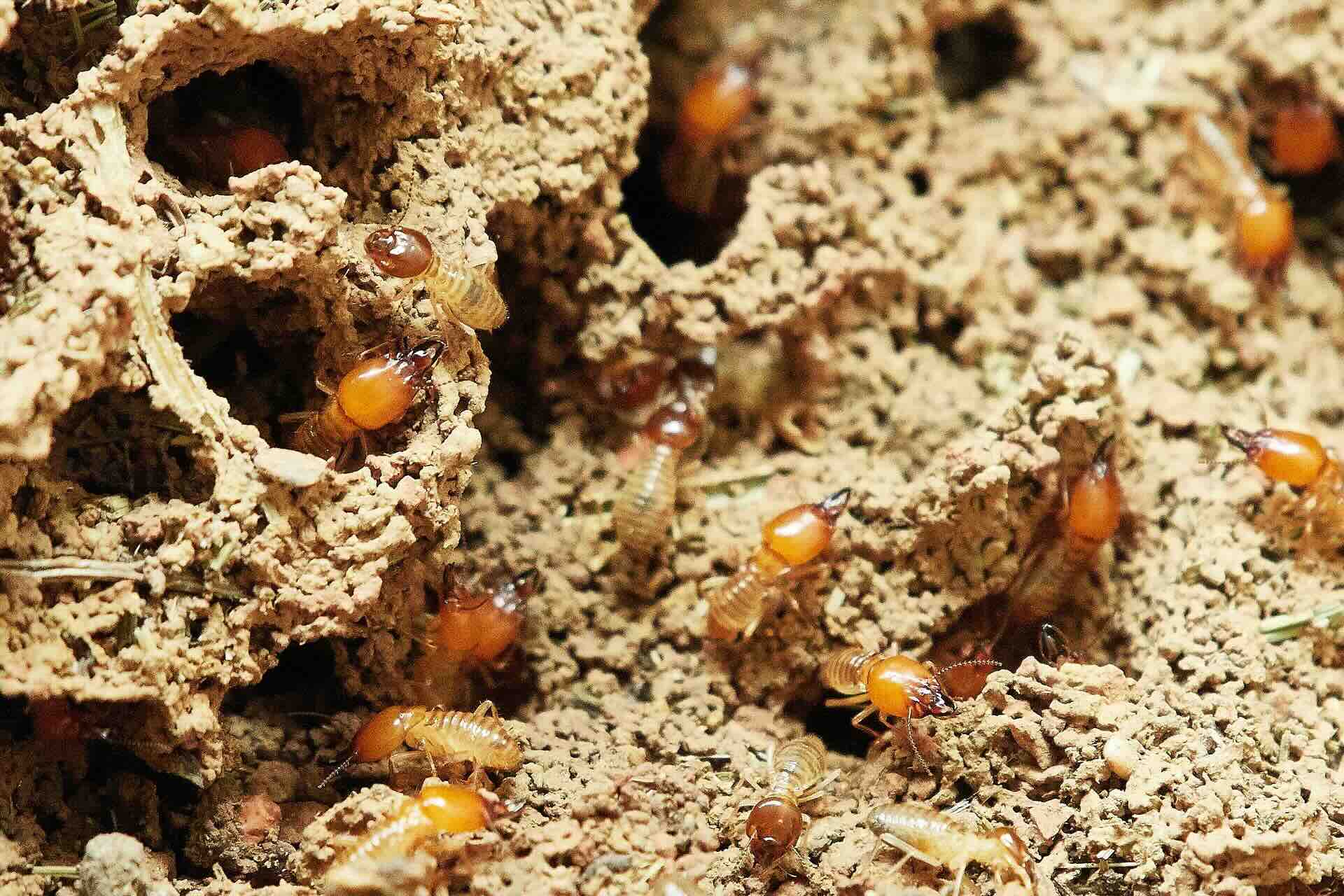

Building & Construction
How Long Does Pre-Construction Termite Treatment Last
Modified: January 23, 2024
Discover how long pre-construction termite treatment lasts in building construction. Learn about the effectiveness and duration of termite protection.
(Many of the links in this article redirect to a specific reviewed product. Your purchase of these products through affiliate links helps to generate commission for Storables.com, at no extra cost. Learn more)
Introduction
Welcome to the world of construction, where every detail matters, including the often unseen threat of termites. As you embark on your construction journey, it's crucial to consider the long-term protection of your investment from these destructive pests. This is where pre-construction termite treatment comes into play, offering a shield of defense against potential infestations.
In this comprehensive guide, we'll delve into the intricacies of pre-construction termite treatment, shedding light on its longevity, factors influencing its effectiveness, and ways to maximize its lifespan. Whether you're a homeowner, builder, or simply intrigued by the science behind safeguarding structures, this article will equip you with valuable insights to make informed decisions and ensure the durability of your construction projects.
Join us as we navigate through the nuances of pre-construction termite treatment, uncovering the secrets to long-lasting protection and peace of mind. Let's embark on this enlightening journey together, arming ourselves with the knowledge to fortify our constructions against the relentless forces of nature.
Key Takeaways:
- Pre-construction termite treatment creates a protective barrier against termites, lasting 5-10 years with traditional repellent termiticides and 10+ years with non-repellent termiticides, reducing the need for frequent reapplication.
- Maximizing the treatment’s lifespan involves regular inspections, moisture management, professional maintenance, sealant application, and strategic landscaping, ensuring enduring protection against termite infestations.
Read more: When Does Pre-Construction Take Place?
Understanding Pre-Construction Termite Treatment
Pre-construction termite treatment is a proactive approach to pest management, aiming to prevent termite infestations before the construction process is completed. This preventive measure involves the application of specialized termite control products to the soil, forming a barrier that deters termites from approaching the structure. By implementing this treatment during the initial phases of construction, builders create a formidable line of defense against potential termite threats, safeguarding the structural integrity of the building.
One of the primary methods employed in pre-construction termite treatment is soil treatment, where termiticides are applied to the soil before the foundation is laid. This creates a protective zone, effectively repelling termites and inhibiting their ability to breach the barrier and access the building. Additionally, physical barriers, such as stainless steel mesh or graded stone particles, may be installed to further fortify the defense against termite intrusion.
Understanding the intricacies of pre-construction termite treatment involves recognizing the critical role it plays in mitigating the risk of termite damage. By addressing potential termite threats at the onset of construction, builders and homeowners can proactively shield their investments from the costly repercussions of termite infestations. This proactive stance not only ensures the longevity of the structure but also alleviates the need for costly post-construction termite remediation efforts.
Pre-construction termite treatment is not only a shield against termites but also a testament to the foresight and meticulous planning that underpins successful construction projects. By integrating termite prevention measures into the construction process, stakeholders demonstrate their commitment to building resilient and enduring structures, standing firm against the relentless persistence of termites.
Now that we have grasped the essence of pre-construction termite treatment, let's delve deeper into the factors influencing its longevity and the duration of its effectiveness.
Factors Affecting the Longevity of Pre-Construction Termite Treatment
The effectiveness and longevity of pre-construction termite treatment are influenced by a myriad of factors, each playing a crucial role in determining the durability of the protective barrier against termite infestations. Understanding these factors is essential for ensuring the sustained efficacy of the treatment over time.
- Soil Composition: The composition of the soil where the treatment is applied significantly impacts its longevity. Soil with high clay content may retain termiticides better than sandy soil, thus extending the treatment’s effectiveness.
- Moisture Levels: The moisture content of the soil can affect the distribution and persistence of termiticides. Excessive moisture may lead to leaching, reducing the treatment’s longevity, while overly dry conditions could hinder the uniform dispersion of the protective barrier.
- Termiticide Type: The choice of termiticide used in the pre-construction treatment plays a pivotal role in determining its lifespan. Long-lasting termiticides, such as non-repellent formulations, offer extended protection compared to traditional repellent products.
- Application Technique: The precision and thoroughness of the termiticide application process are critical. Properly executed applications ensure comprehensive coverage, maximizing the treatment’s longevity and overall effectiveness.
- Environmental Factors: Environmental conditions, including temperature fluctuations and exposure to sunlight, can impact the degradation rate of termiticides. Understanding how these factors influence the treatment’s durability is essential for long-term protection.
By comprehensively evaluating and addressing these factors, builders and pest management professionals can optimize the longevity of pre-construction termite treatment, fortifying the structure against potential termite threats for years to come. Now, let’s explore the expected duration of effectiveness for different types of pre-construction termite treatments.
Pre-construction termite treatments can last anywhere from 5 to 10 years, depending on the type of treatment used and environmental factors. Regular inspections and maintenance can help prolong the effectiveness of the treatment.
Duration of Effectiveness for Different Types of Pre-Construction Termite Treatments
The duration of effectiveness for pre-construction termite treatments varies based on the type of treatment and the specific termiticides utilized. Understanding the expected lifespan of these treatments is crucial for implementing appropriate maintenance and reapplication schedules to sustain long-term protection against termite infestations.
Soil-applied termiticides, a common method in pre-construction treatments, can offer protection for varying durations depending on the formulation used. Traditional repellent termiticides may provide protection for approximately 5 to 10 years, requiring periodic reapplication to maintain efficacy. In contrast, non-repellent termiticides, known for their extended residual activity, can offer protection for 10 years or more, significantly reducing the frequency of reapplication.
Physical barriers, such as stainless steel mesh or graded stone particles, contribute to the structural defense against termites. When properly installed, these barriers can offer long-lasting protection, potentially lasting for the lifespan of the building without the need for reapplication.
Furthermore, baiting systems, though typically associated with post-construction termite management, can be integrated into pre-construction strategies. Baiting systems, when strategically deployed during the construction phase, can provide ongoing protection by targeting termite colonies in the vicinity, thereby complementing the primary pre-construction treatments.
It is important to note that the anticipated duration of effectiveness for pre-construction termite treatments is subject to environmental factors, soil conditions, and the termiticide’s formulation. Regular inspections and proactive maintenance are imperative for evaluating the treatment’s ongoing efficacy and determining the need for reapplication or supplementary measures to uphold the protective barrier against termites.
Now that we have explored the expected durations of effectiveness for different pre-construction termite treatments, let’s delve into strategies for extending the lifespan of these protective measures.
Extending the Lifespan of Pre-Construction Termite Treatment
Maximizing the longevity of pre-construction termite treatment requires a proactive and strategic approach, encompassing various measures aimed at preserving the protective barrier against termites. By implementing these strategies, builders and homeowners can extend the lifespan of the treatment, ensuring sustained protection and minimizing the risk of termite infestations.
- Regular Inspections: Conducting routine inspections of the treated area allows for the early detection of potential breaches or degradation of the protective barrier. Timely identification of issues enables prompt remedial action, preserving the treatment’s effectiveness.
- Moisture Management: Controlling moisture levels around the foundation is crucial for maintaining the integrity of the treatment. Proper drainage, gutter maintenance, and addressing any water accumulation near the structure can prevent excessive moisture that may compromise the termiticide barrier.
- Professional Maintenance: Engaging pest management professionals for periodic evaluations and maintenance of the pre-construction treatment ensures expert oversight and timely interventions to address any vulnerabilities or signs of degradation.
- Sealant Application: Applying sealants to potential entry points, such as utility penetrations and expansion joints, can bolster the protective barrier, reinforcing the defense against termite intrusion.
- Landscaping Considerations: Strategic landscaping practices, such as maintaining a clear zone between the building and vegetation, can minimize conducive conditions for termite activity, complementing the pre-construction treatment’s effectiveness.
Furthermore, adherence to construction best practices, including ensuring proper soil treatment application and the installation of physical barriers with precision, is paramount for maximizing the treatment’s lifespan. By integrating these strategies into construction and maintenance protocols, stakeholders can fortify their structures against the persistent threat of termites, fostering enduring protection and peace of mind.
As we conclude our exploration of pre-construction termite treatment, it is evident that proactive measures and meticulous maintenance are essential for safeguarding constructions against termites. By embracing these strategies, we empower ourselves to build resilient structures that stand the test of time, fortified against the unseen forces of nature.
With a comprehensive understanding of the factors influencing treatment longevity, the expected durations of effectiveness for different treatments, and strategies for extending their lifespan, we are equipped to navigate the realm of pre-construction termite treatment with confidence and foresight.
Together, let’s embark on this journey of construction wisdom, where knowledge becomes the cornerstone of enduring protection and the guardian of our architectural endeavors.
Conclusion
As we draw the curtains on our exploration of pre-construction termite treatment, we emerge enlightened and empowered, armed with the knowledge to fortify our constructions against the relentless threat of termites. The journey through the realm of termite prevention has unveiled the intricate tapestry of proactive measures, environmental influences, and strategic maintenance that collectively shape the longevity and effectiveness of pre-construction treatments.
From the foundational understanding of pre-construction termite treatment to the factors influencing its longevity and the expected durations of effectiveness for different treatments, we have navigated a landscape teeming with insights and strategies essential for safeguarding our architectural endeavors. The art of construction extends beyond the physical edifices we erect; it encompasses the foresight, diligence, and commitment to enduring protection that underpin every structure’s resilience against the forces of nature.
Our odyssey has unveiled the pivotal role of pre-construction termite treatment in mitigating the risk of termite infestations, elevating it from a mere shield to a testament of foresight and meticulous planning. By integrating these protective measures into the construction process, we not only fortify our investments but also cultivate a legacy of enduring structures that withstand the test of time.
As we part ways, let us carry forward this wealth of knowledge, infusing it into our construction endeavors and nurturing a culture of resilience and longevity. Let us embrace the wisdom garnered from our exploration, ensuring that every construction project stands as a testament to our commitment to enduring protection and unwavering quality.
Together, armed with the insights and strategies encapsulated in this journey, let us forge ahead, building a future where our constructions stand as bastions of strength, impervious to the unseen threats that seek to undermine their longevity and integrity.
With our newfound understanding and unwavering dedication, we embark on this path of construction wisdom, where every structure becomes a testament to the resilience and foresight that define our enduring legacy.
Frequently Asked Questions about How Long Does Pre-Construction Termite Treatment Last
Was this page helpful?
At Storables.com, we guarantee accurate and reliable information. Our content, validated by Expert Board Contributors, is crafted following stringent Editorial Policies. We're committed to providing you with well-researched, expert-backed insights for all your informational needs.

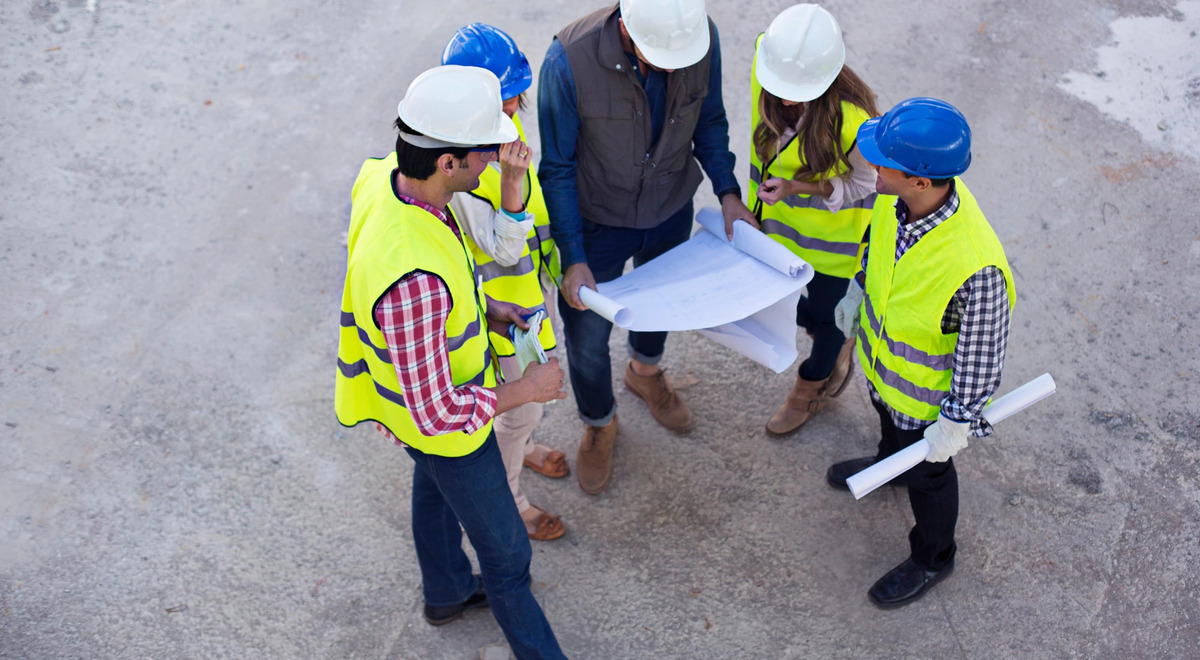
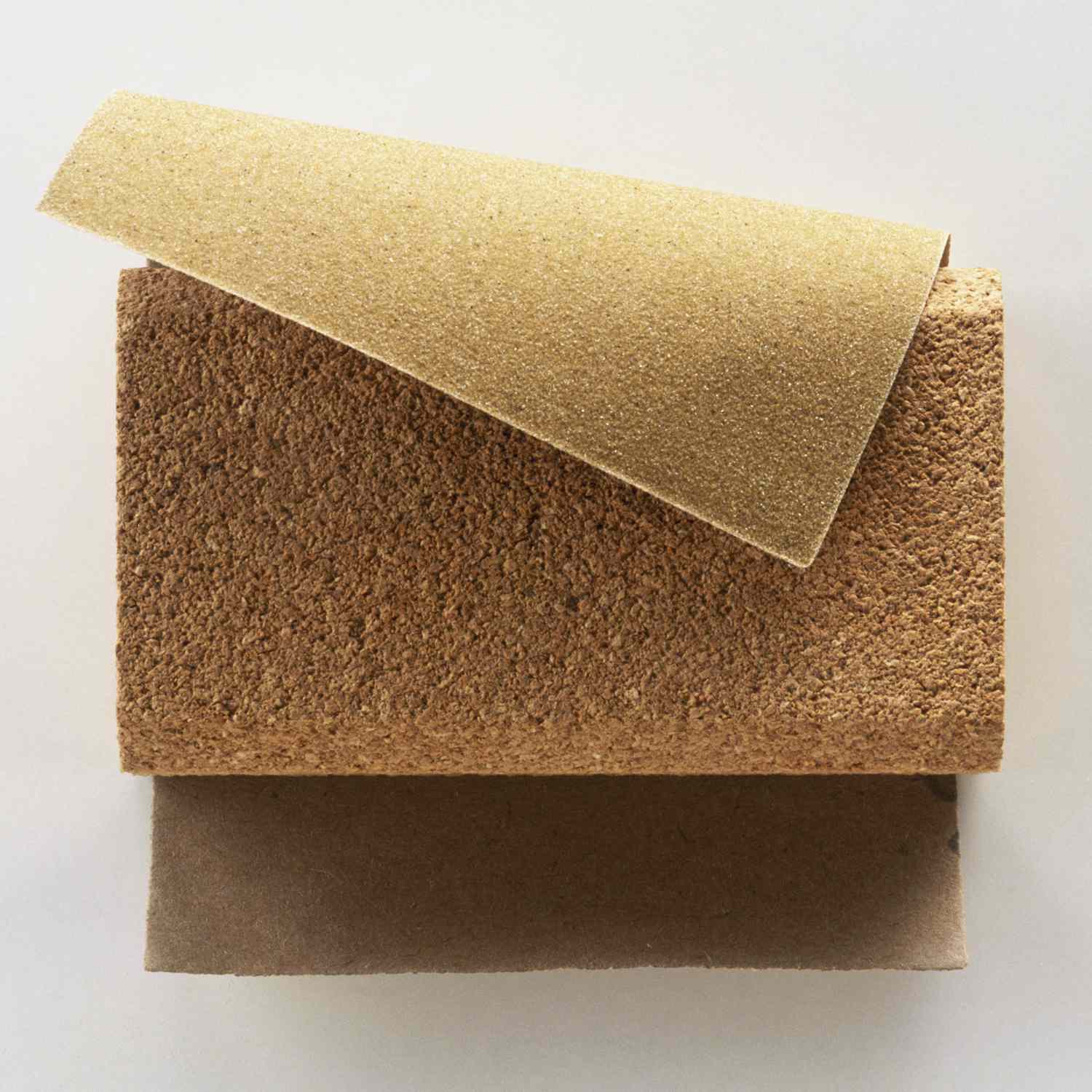




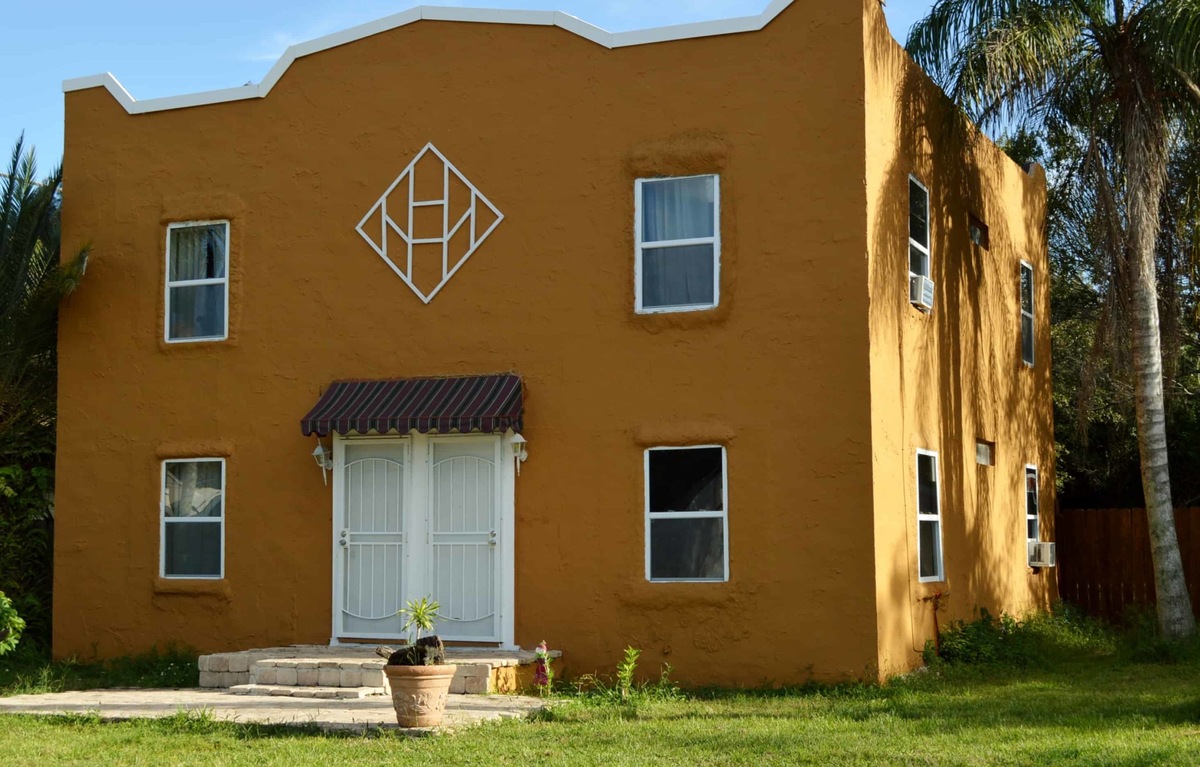
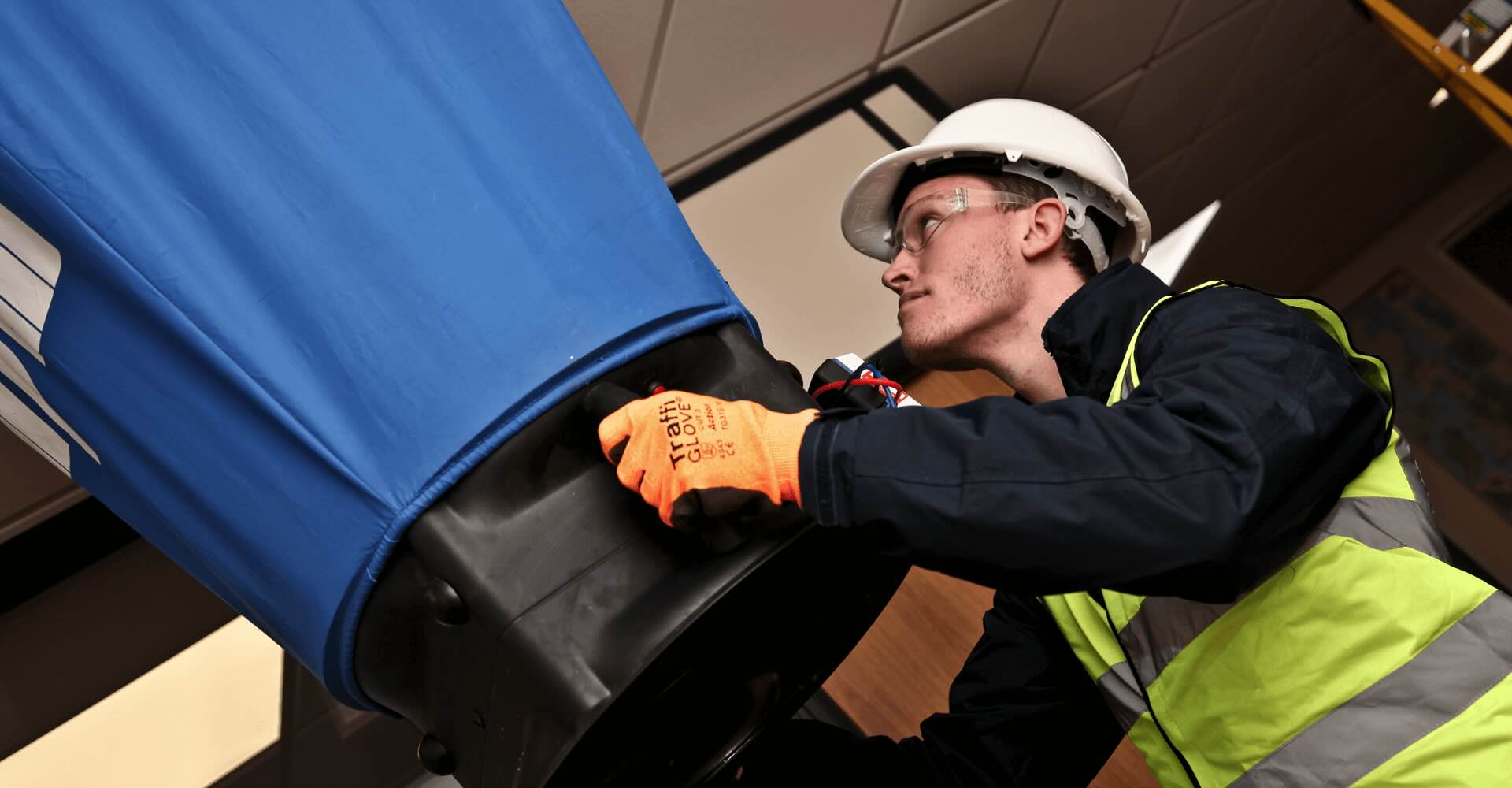

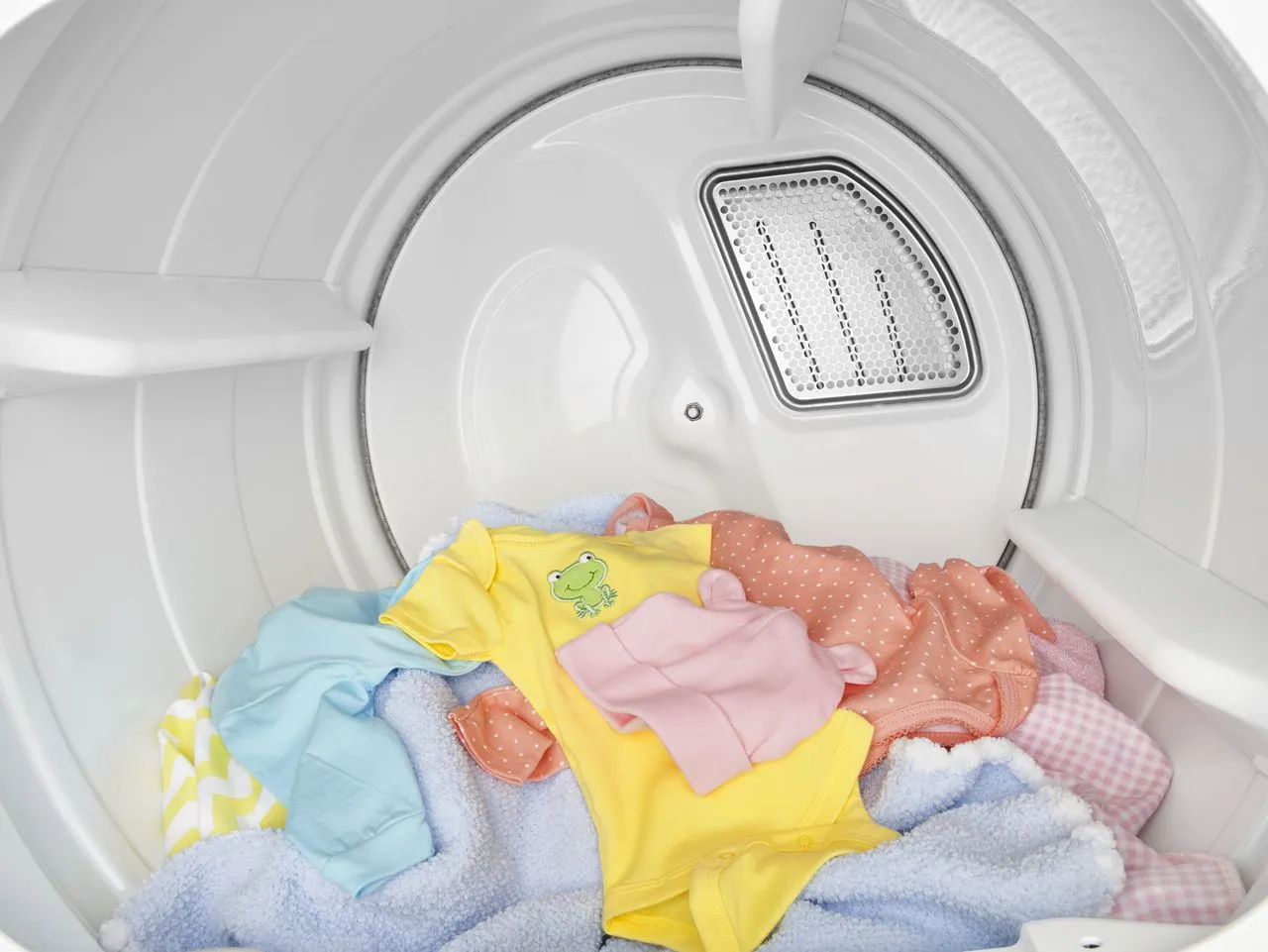


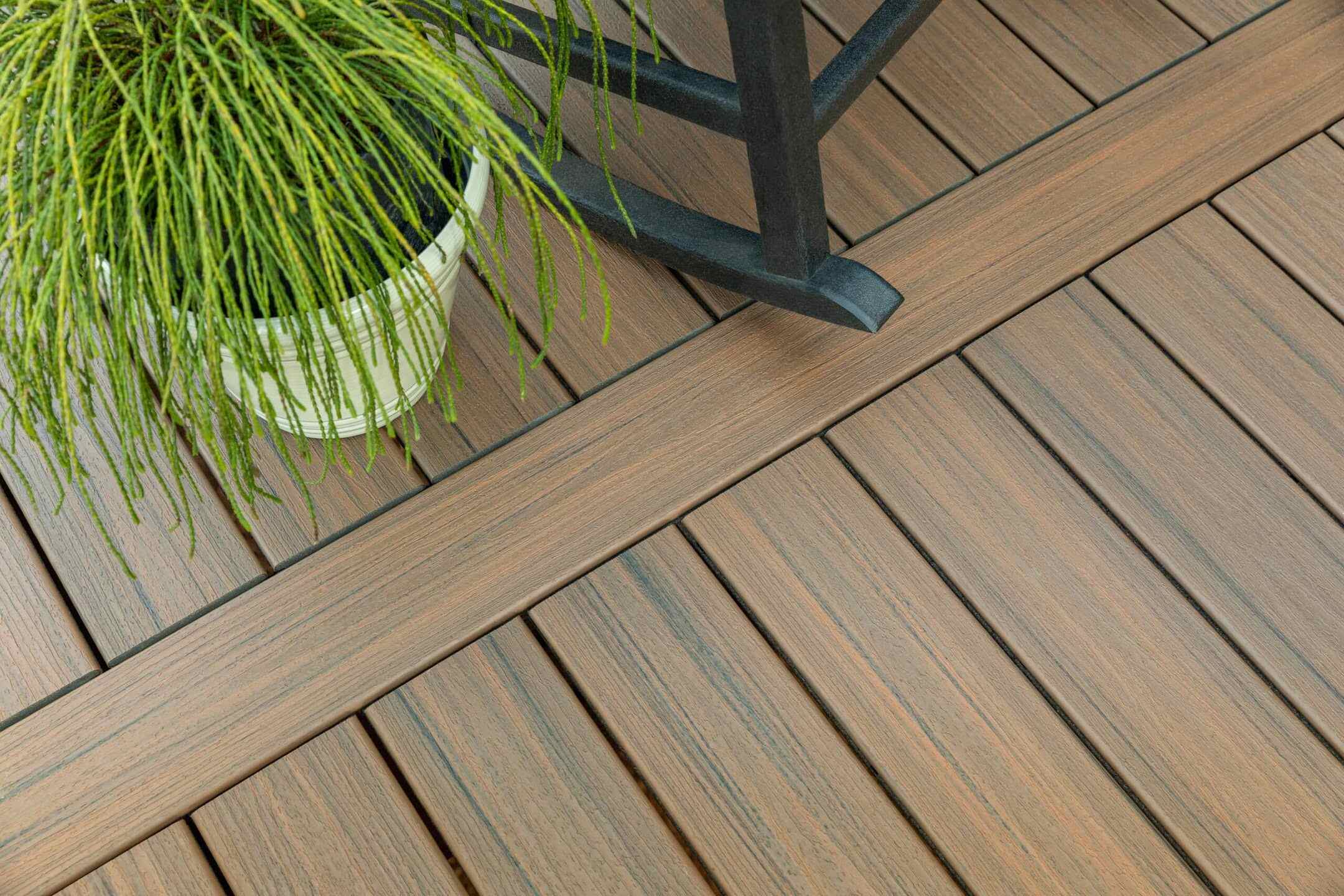

0 thoughts on “How Long Does Pre-Construction Termite Treatment Last”